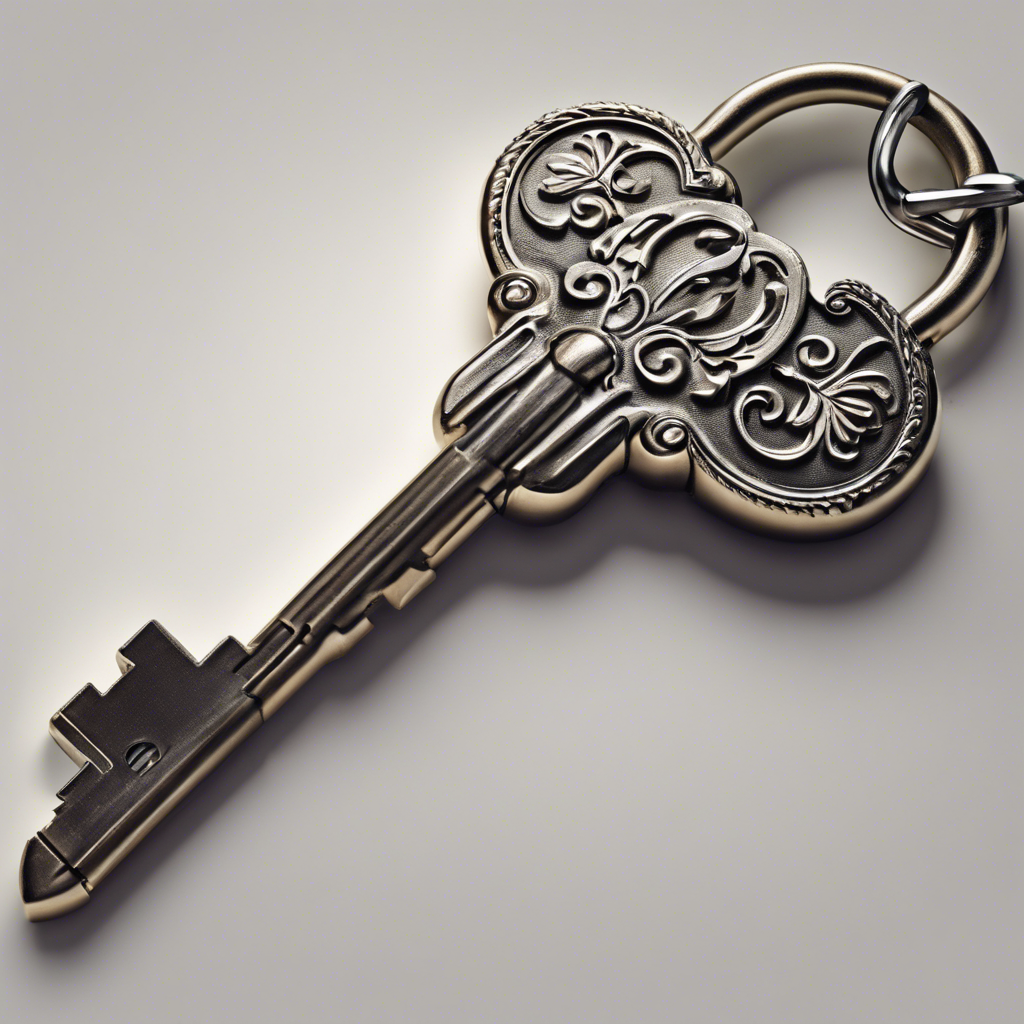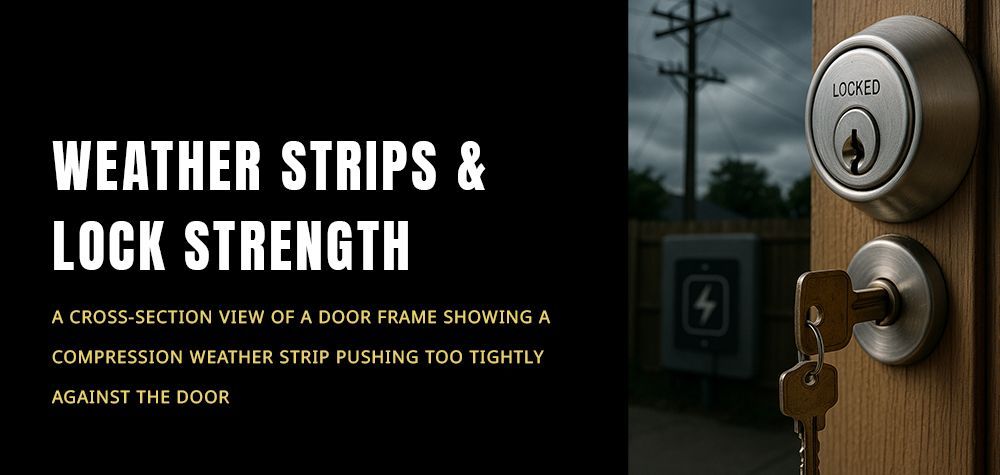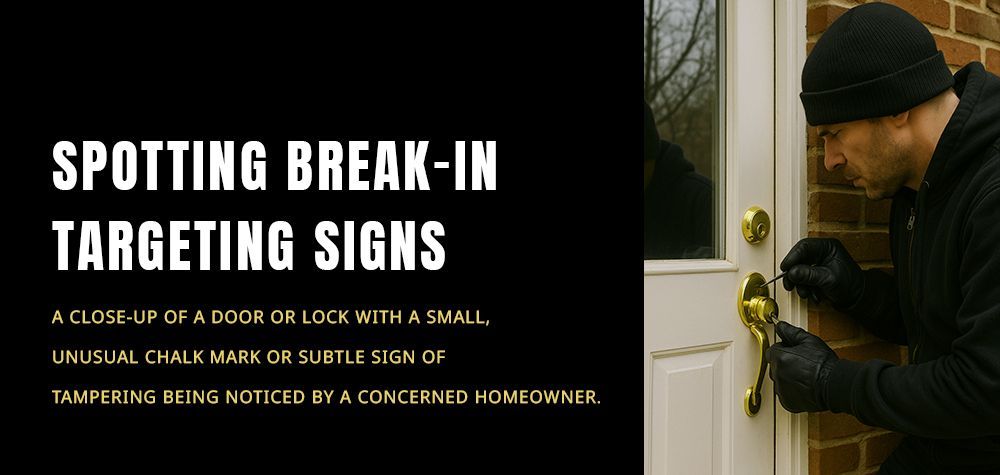How Do Master Keys Work
Key Takeaways:
- Master keys operate within a pin-and-tumbler lock system, where various length pins align to a precise position to unlock the mechanism.
- In a master key system, additional pins known as master wafers or spacers are inserted between pin pairs. These allow a master key to operate multiple locks within a group, while a change key can only operate a specific lock.
- Master key systems are versatile and commonly used in apartment buildings, office complexes, and hotels, where individual and master access needs coexist.
- Understanding the pin-and-tumbler lock design is essential to grasp how master keys manipulate the lock mechanism to grant access.
- The correct key aligns the pins precisely at the shear line, enabling the plug to turn and the lock to open.
- Master keys provide convenience and control, allowing designated users to access multiple locks while maintaining security and restricting access for others.
- Careful planning and consideration are required when implementing a master key system, including deciding key distribution hierarchy and ensuring proper key identification and management.
- Utilizing patented master key systems and high-security lock cylinders further enhances security and prevents unauthorized duplication of keys.
Read more about Unlock a door without a key!
Understanding Master Key Systems
Master key systems are sophisticated locking mechanisms designed to provide access control within buildings or complexes. At the heart of a master key system lies the concept of granting one key, known as the master key, the ability to unlock multiple locks, while each individual lock can also be operated by its own specific key, known as the change key. This system allows for flexibility in access control, catering to various levels of authorization and ensuring convenience for authorized personnel while maintaining security protocols.
Master key systems are commonly used in settings such as apartment buildings, office complexes, and educational institutions, where different individuals require different levels of access to different areas. Understanding the intricacies of master key systems is essential for effective access management and security implementation.
Key Components of Master Key Systems
Master key systems operate on the principle of utilizing specific components within locks to grant varying levels of access to different keys. Understanding these key components is crucial for comprehending how master key systems function:
- Pins: Within the lock cylinder, pins of different lengths are arranged in pairs. These pins interact with the key to align at specific positions, allowing the cylinder to turn and the lock to open.
- Master Wafers/Spacers: Master wafers or spacers are additional pins inserted between pin pairs in some locks. These components enable a master key to operate multiple locks within a group, while a change key can only operate a specific lock.
- Shear Line: The shear line is the point at which the outer cylinder and the inner plug align when the correct key is inserted. Aligning the pins at the shear line allows the plug to turn and the lock to open.
- Cylinder Plug: The cylinder plug is the part of the lock that turns when the correct key is inserted. It is connected to the cam, which controls the locking mechanism.
Read here a complete Guide to keyless door locks!
Why Opt for a Master Key?
Imagine having a key that could open every door in a building, while other people have keys that only open specific doors. That's the magic of a master key system.
At its core, a master key system relies on a clever arrangement of pins and tumblers inside each lock. These pins are like tiny puzzles pieces, each with different lengths. When you insert a key into the lock, it pushes these pins to just the right heights. When all the pins are aligned perfectly, it creates a magical moment where the lock turns and grants access.
Now, here's where it gets interesting: master keys add an extra layer of complexity. They have the power to align not just one set of pins, but multiple sets. This is thanks to special pins called master wafers or spacers. These little guys sit between the regular pins and allow the master key to work its magic on several locks at once.
So, while a regular key might only open one door, a master key can open many. It's like having a VIP pass to the entire building.

How Master Keys Actually Work
- Understanding the Lock Design: Master key systems operate within locks designed with pin-and-tumbler mechanisms. Inside the lock cylinder, there are sets of pins of varying lengths, each corresponding to a specific key.
- Inserting the Key: When a key is inserted into the lock, its unique pattern of ridges pushes the pins upward. If the key is the correct one for that lock, it will push each pin to the exact height needed to align the shear line, which is the boundary between the inner cylinder and the outer housing.
- Aligning the Pins: The correct key aligns all the pins precisely at the shear line, allowing the lock cylinder to rotate freely. This rotation disengages the locking mechanism, enabling the door to be opened.
- Adding Master Wafers/Spacers: In a master key system, additional components called master wafers or spacers are strategically placed between some pin pairs. These master wafers create multiple shear lines within the lock, allowing it to be operated by both individual keys and a master key.
- Utilizing the Master Key: The master key is designed to align with all possible combinations of pin heights, including those affected by the presence of master wafers. When the master key is inserted into a lock, it lifts the pins to the correct positions to align all shear lines simultaneously.
- Access Control Hierarchy: Different keys within the system, such as change keys and sub-master keys, are designed to operate specific locks within predefined groups. The master key, however, has the highest level of access, capable of operating all locks within the system.
- Practical Applications: Master key systems are utilized in various settings where different individuals require different levels of access. For example, in an apartment building, tenants have keys that only open their own units (change keys), while the building manager holds a master key that can open all units.
Implementation of Master Key Systems:
Implementing and managing a master key system requires meticulous planning and expert oversight. It begins with a thorough assessment of the property's layout and access requirements, identifying which areas need to be accessible to whom. With this information, a tailored master key system can be designed, ensuring that each keyholder has the appropriate level of access while maintaining security.
Once the system is in place, effective management is essential. This involves keeping detailed records of key assignments, regularly auditing access rights, and promptly addressing any security concerns or key-related issues. Proper training for keyholders on key usage and security protocols is also crucial to ensure smooth operation and safeguard against unauthorized access. With careful implementation and diligent management, a master key system can provide unparalleled security and convenience for any organization or property.
Enhancing Security with Master Keys
Master key systems serve as robust tools for enhancing security in various environments. By strategically controlling access to different areas, these systems minimize the risk of unauthorized entry while facilitating efficient movement for authorized personnel. The hierarchical structure of master keys allows for granular control over access rights, ensuring that individuals only have access to the areas relevant to their responsibilities. This layered approach to security not only deters potential intruders but also streamlines operations by eliminating the need for cumbersome key management practices. With their versatility and reliability, master key systems stand as indispensable assets in safeguarding properties and optimizing security protocols.
Conclusion
In conclusion, master key systems represent a pinnacle of access control, offering unparalleled security and convenience for a wide range of environments. Through the intricate interplay of pins, tumblers, and master wafers, these systems grant precise access to designated areas while safeguarding against unauthorized entry. From apartment complexes and office buildings to schools and care facilities, master key systems provide a flexible and scalable solution to access management challenges. By implementing and managing these systems effectively, organizations can fortify their security measures, streamline operations, and instill peace of mind among occupants. As technology continues to evolve, master key systems remain a timeless cornerstone of security infrastructure, empowering individuals and businesses to protect what matters most.
Call Us Any Time!









